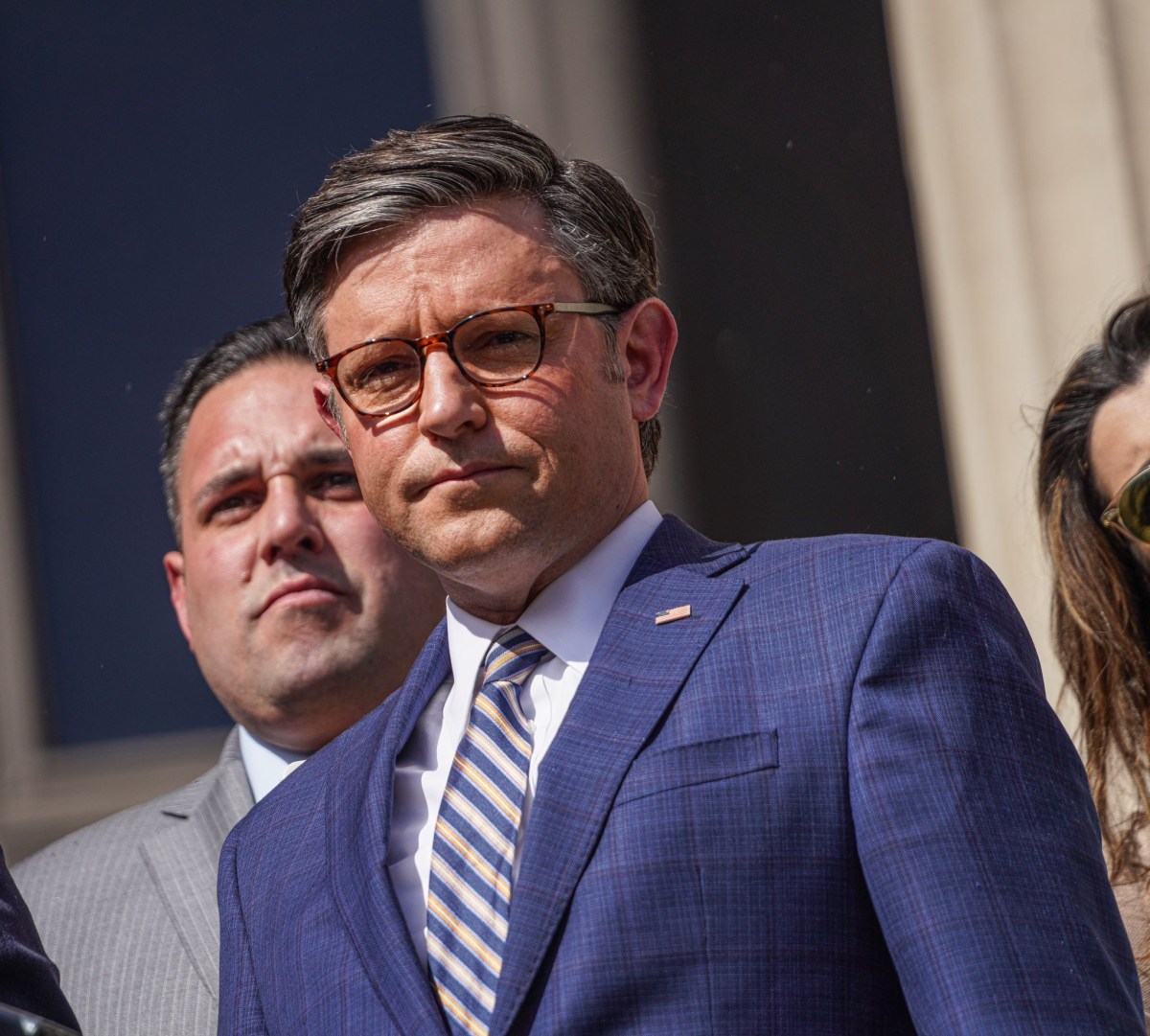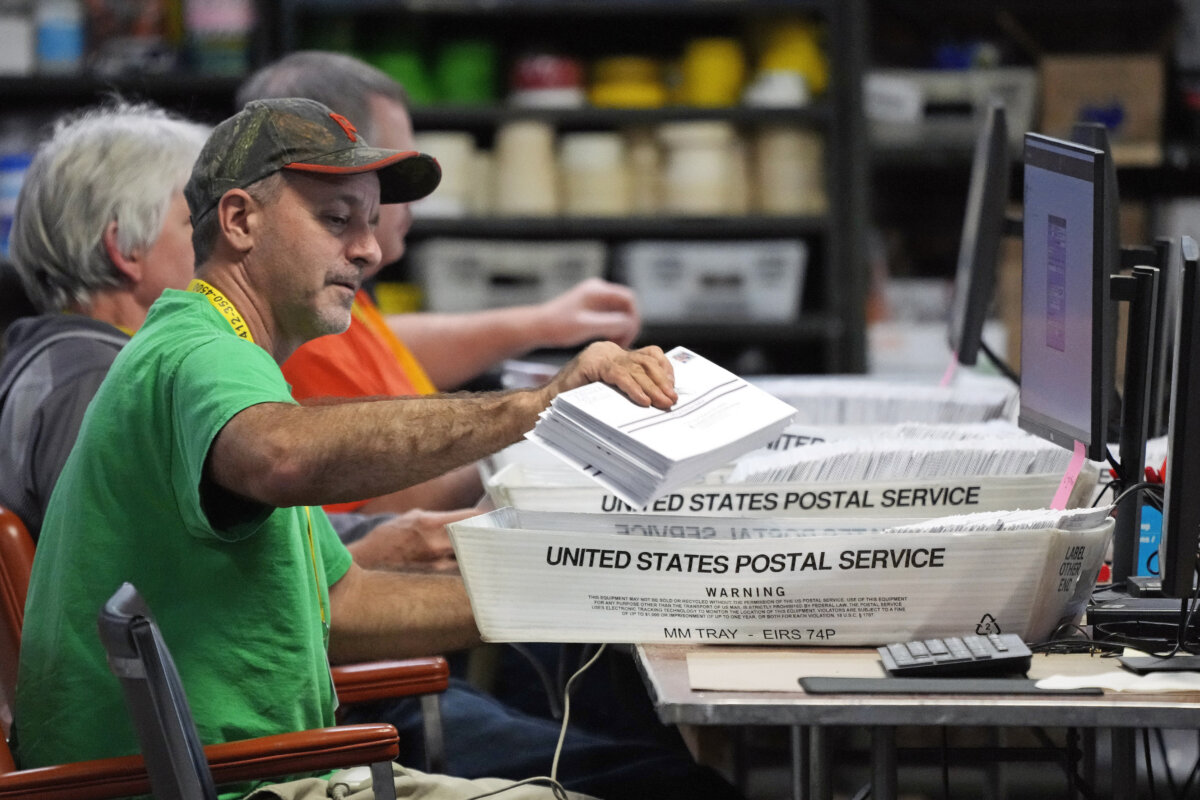It’s a building the likes of which New York City has never seen. Standing in stark contrast to Manhattan’s tall and boxy skyscrapers, this pure white steel structure looks like it’s in motion: indeed, with its outstretched wings it’s meant to evoke a bird in flight. This new landmark – the Oculus, the centerpiece entrance to the World Trade Center Transportation Hub – partially opens to the public today, marking a major milestone for both New York and Skanska, which erected the Oculus’ 11,500 tons of structural steel and is – through a joint venture – constructing the overall Hub. TheOculus’ unveilingwill be a transformational moment for New York, as the city continues to rebuild from the events of September 11, 2001. This sculpture of a building conveys both peace and perseverance, of having the fortitude to rise after having fallen. Behind the simplicity of the Oculus’ appearance was an incredibly complicated construction effort.
Healing Ground Zero
Designed by architectSantiago Calatrava, the Oculus has a minimalist look: supporting the wings are white steel ribs interspersed with glass strips, all arranged in an elliptical shape. The inside may be even more dramatic than the exterior, with a column-free, cathedral-like core stretching 160 feet high and 350 feet long. Running the length of the Oculus’ spine is askylight that will openeach September 11 to honor the memory of the victims. Come for transportation, shopping and entertainment
The Oculus leads to the main section of theTransportation Hub, a below-grade complex that greets the public with a marble-clad mezzanine with a similarly airy feel. When the Hub is fully completed, more than 250,000 daily commuters and millions of annual visitors are expected at what will be part transit center, part shopping mall and part tourist destination. A place of remembrance
Some of those people will come for enhanced access to 11 subway lines and PATH commuter trains, the latter of which are reached from a four-platform train station that Skanska has partly finished rebuilding. Some will come to eat, shop and be entertained at the many retail offerings planned for the complex. And some will come to take in the Oculus’ stunning architecture, and to remember what happened on that site almost 15 years ago. Whatever their purpose, they will all find a Ground Zero that is almost fully physically healed.
Proud legacy
Skanska’s roles in constructing the Transportation Hub are the latest in the company’s more than 50-year history at the World Trade Center site. In the 1960s, Skanska predecessor companies had key responsibilities for building the foundation and erecting the steel for the Twin Towers. That original slurry wall foundation remains in use today, holding back the waters of the Hudson River. A partner in times of need
In 1993, Skanska repaired the World Trade Center following the car bombing in the parking deck below the North Tower, and after September 11 Skanska helped clear the debris. In 2006, Skanska began constructing the Dey Street Concourse to connect the World Trade Center Transportation Hub to the nearby site of the Fulton Street Transit Center, and in 2009 Skanska began building the Fulton Street Transit Center’s foundations and made significant improvements to related subway stations. In 2011, the Port Authority of New York and New Jersey awarded Skanska the assignment to fabricate and erect the Oculus’ steel. Transportation Hub work continues
Today on the World Trade Center site, beyond the work completing the Transportation Hub that our joint venture with Granite Construction was awarded in 2010, Skanska is rebuilding theSt. Nicholas National Shrine, also designed by Calatrava. “Skanska salutes the extraordinary men and women who helped build the World Trade Center Transportation Hub, bringing their tremendous dedication and technical ability to build New York’s newest iconic public space,” said Rich Cavallaro, Skanska USA president and CEO. “Both our Transportation Hub projects – Oculus and PATH Hall – were massively complex engineering and construction projects filled with added challenges, including keeping the No. 1 Subway Line operating and removing 200 million gallons of water from the site after Superstorm Sandy. As the Oculus opens for the first time today, we hope New Yorkers enjoy this marvel as much as we did building it.”


















